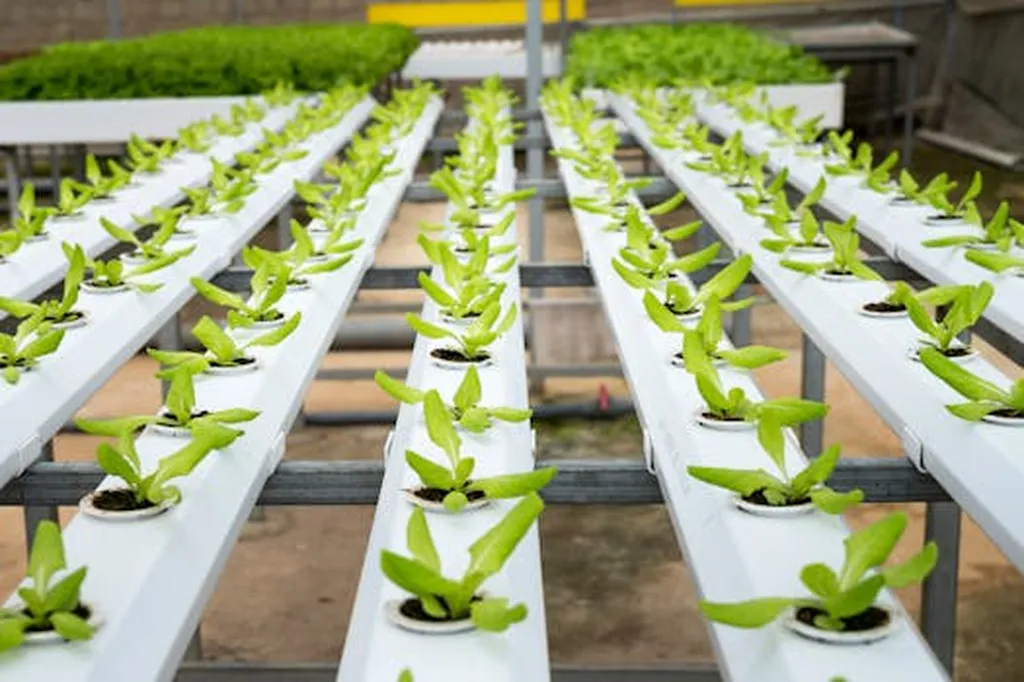In the heart of Poland, researchers at the University of Life Sciences in Lublin have been delving into the intricate world of photosynthesis, seeking to understand how different legume plants adapt to their environments. Led by Agata Dziwulska-Hunek from the Department of Biophysics, this study, published in the journal “Biological Monographs of Plant Biology” (BMC Plant Biology), offers insights that could have significant implications for sustainable agriculture and even the energy sector.
The research team focused on four legume species: white clover, red clover, alfalfa, and common sainfoin. Their goal was to evaluate the physiological condition of these plants by analyzing key parameters such as photosynthetic efficiency, chlorophyll fluorescence lifetime, and photosynthetic pigment content. These measurements are crucial for detecting stress factors early and understanding the plants’ adaptive capacities.
One of the most striking findings was the variation in photosynthetic activity among the species. “We observed that red clover had lower photosynthetic activity, while common sainfoin showed higher activity,” Dziwulska-Hunek explained. This variability suggests that these plants have different strategies for adapting to their environments, which could be leveraged in agricultural practices.
The study also revealed differences in chlorophyll fluorescence lifetimes. Longer lifetimes were measured in red clover and common sainfoin, indicating a slower rate of energy transfer within the photosynthetic apparatus. In contrast, shorter lifetimes in white clover and alfalfa suggested greater activity in other chlorophyll excitation pathways, particularly those related to energy dissipation.
The content of chlorophyll a and a+b was notably higher in red clover leaves but lower in common sainfoin. These differences highlight the unique adaptive mechanisms each species employs to thrive in natural conditions.
The implications of this research extend beyond agriculture. Understanding the photosynthetic efficiency and adaptive strategies of these legume plants could inform the development of more resilient crops, which are essential for sustainable agriculture. Additionally, the insights gained could contribute to advancements in bioenergy, where efficient photosynthesis is key to maximizing energy production from plant biomass.
As Dziwulska-Hunek noted, “The varied values of photosynthetic parameters measured in these plants indicate their ease of adaptation to environmental conditions. This makes them excellent sources of nitrogen and fodder protein, rendering them interesting in the context of sustainable agriculture.”
This study not only sheds light on the physiological adaptations of legume plants but also opens up new avenues for research and commercial applications. By harnessing the unique properties of these plants, we can move towards a more sustainable future, where agriculture and energy production are optimized for efficiency and resilience. The findings published in “Biological Monographs of Plant Biology” (BMC Plant Biology) provide a solid foundation for further exploration in this exciting field.

